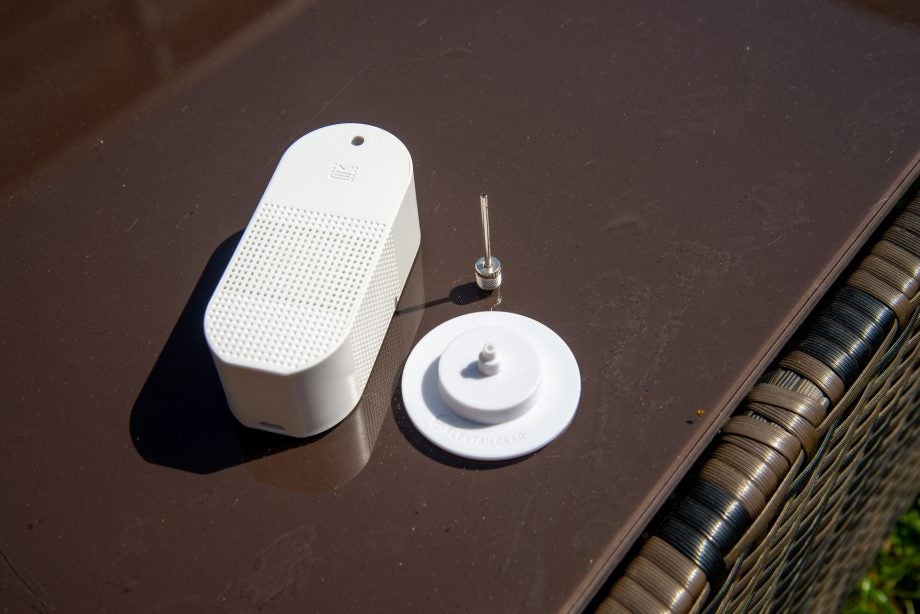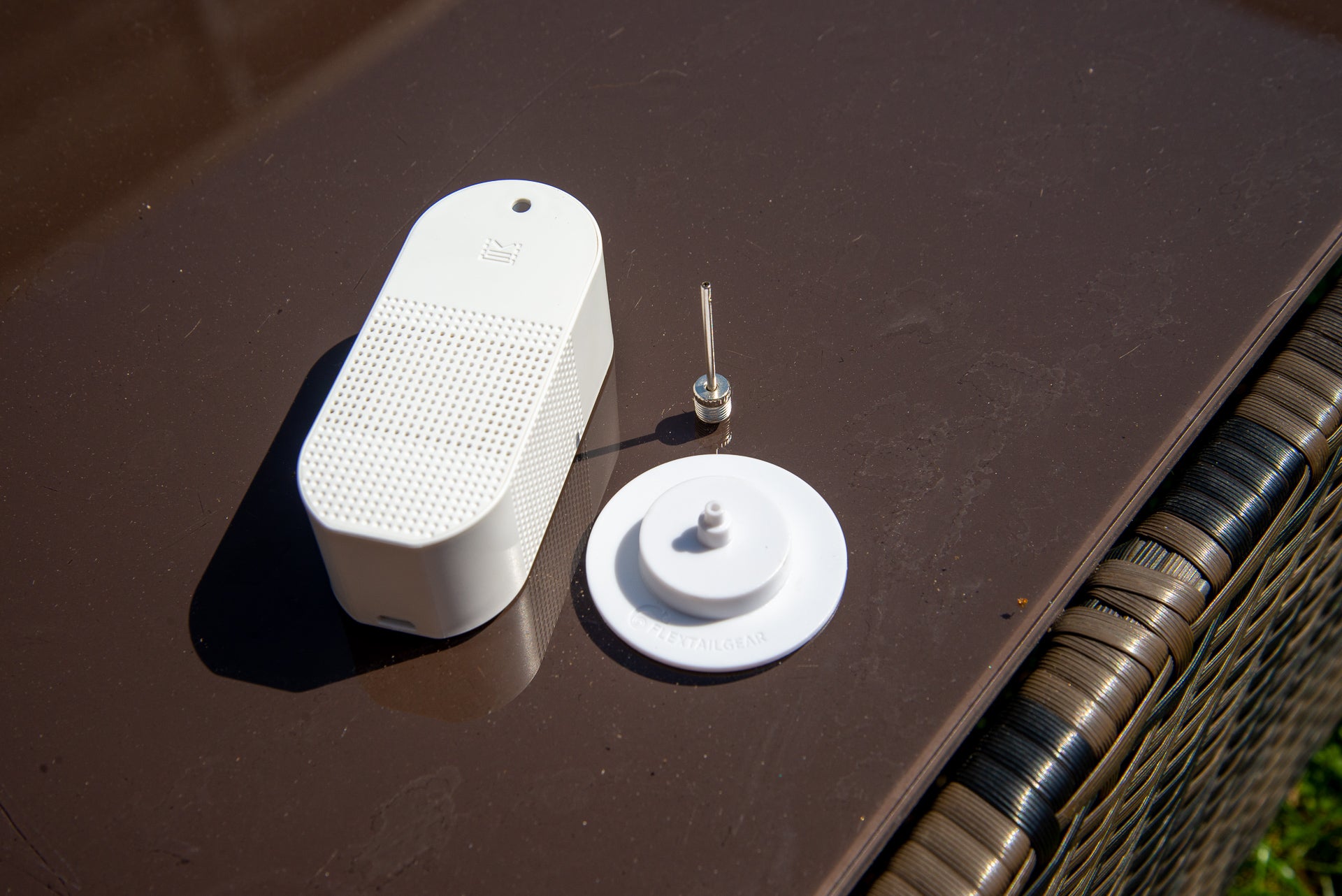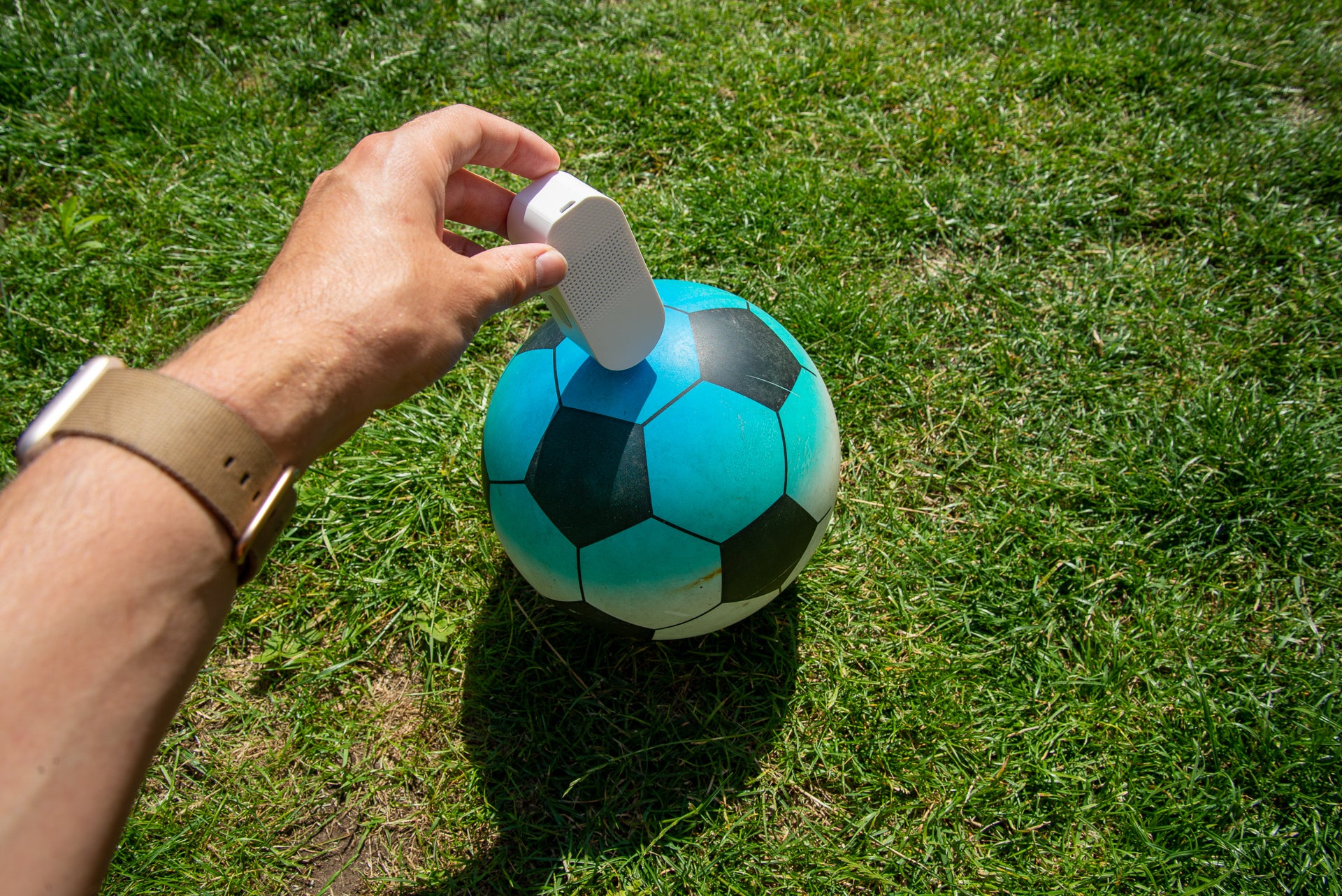Atmos Pump Review
Atmos Pump Review
A portable pump to compress your luggage

Verdict
The neat and tiny Atmos Pump attaches easily to most vacuum bags to suck out the air and compress your items. We found that it wasn't as powerful as a vacuum cleaner or the competition at this job, although it will compress most items to save some space. The battery life is decent, but it's a shame that it doesn't ship with a few more accessories or even a travel bag.
Pros
- Decent battery life
- Works with most vacuum bags
Cons
- Quite slow
- Few attachments
Key Specifications
- Review Price: £40
- Inflation and deflation modes
- Ball needle and vacuum bag attachments
- Integrated battery
Vacuum bags are a great way to save space and are ideal for travel bar one thing: you need a vacuum with you to compress them. The Atmos Pump is designed to solve that problem. This portable vacuum has a rechargeable battery, so you can take it everywhere and compress your clothes for packing, or even use it to inflate a ball.
It’s a neat idea and can compress some vacuum bags, but the results aren’t as good as with a regular vacuum cleaner and it is very slow.
The Atmos Pump is tiny and has a battery for true portable use, but it needs some more attachments
The Atmos Pump is tiny at 91 x 39 x 30mm. It has an internal battery, which takes a few hours to charge, and then can run for around 10 minutes. You can use the pump while it’s charging, which you may want to do if you’re near a USB plug.
In the box, you get two types of attachment. First, there’s the decompression attachment, which is designed to screw into a vacuum bag’s valve. Secondly, you get a set of needles designed for inflating a ball. It’s a shame that there aren’t attachments for standard pool inflatables or mattresses for camping.

The range of accessories is lacking
Related: Best camping gadgets
The inflation needle attachments only connect to the end of the pump; the deflation valve only clips into the deflation port, so it’s easy to work out what goes where.
The Atmos Pump works with vacuum bags but it is really slow and falls behind what a vacuum can achieve
Trying the Atmos Pump out with a vacuum bag and a cushion that is 85mm deep. Using a vacuum, the bag was decompressed in under 20 seconds, resulting in the cushion being just 20mm thick.
With the Atmos Pump, I struggled a little. The deflation attachment screws neatly onto the bag, but turning the Atmos on, nothing seemed to happen at first. I double-checked the connection and made sure the pump was sucking, and found that all was in order.
The reason for the problem is that the Atmos is really slow. Leaving it connected to the bag, it took just under five minutes for as much air to be sucked out as could be. The result was a compressed bag, but one that doesn’t go as far as using a proper vacuum cleaner, with the pillow at 35mm. To be fair, that’s still enough to make a difference to your packing but it doesn’t go quite as far down as I’d have liked.
Deflation test: Before deflation (left) vs After deflation (right) – move slider to compare
Battery life, was decent and the pump lasted 24 minutes from a full charge – that’s enough to do five or six vacuum bags based on my testing.
Inflating a ball is a bit better: there’s less air to deal with, so the Atmos generally works a bit quicker. Larger inflatables are out – both because of the slow speed and because of the lack of attachments.

You can inflate balls easily with the Atmos Pump
Should I buy the Atmos Pump?
The Atmos Pump is quite slow, although its battery should last for five or six vacuum bags, which will take under 30 minutes to decompress, and you can run the pump while it’s charging for longer life. However, it is well priced and will save some room in your suitcase, even if a full-sized vacuum cleaner will do a better job. I found that the similar Pacum pump did a slightly better job, though, and it costs the same amount making that product a marginally better travel companion.


